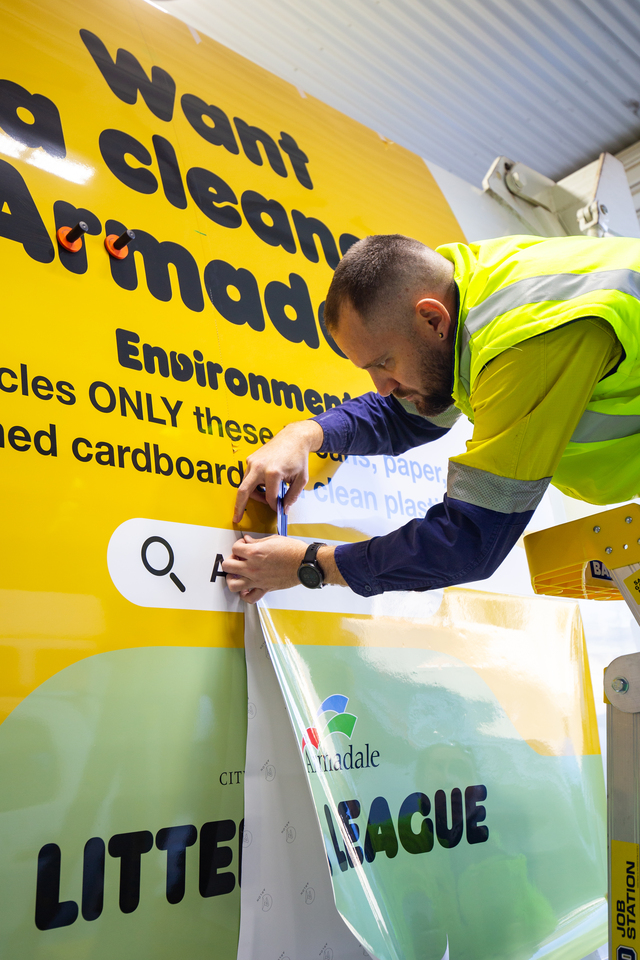Federal perspective
In November 2000, the Federal Government announced its Roads to Recovery program. This $1.2 billion funding boost for local roads over four years earmarked $850 million to be spent in rural and regional Australia. As the largest injection of funds into local roads by any Australian Federal Government, it aimed to improve Local Governments’ capacity to repair and upgrade local roads.
Roads to Recovery is providing $300 million for each of the four years representing a 75 per cent increase in Federal Government grants for local roads.
Commencing on 1 January last year, payments are made directly to Local Governments. Ensuring Councils determine their own priorities as to how they use the funding is a major element of the program.
Prior to the start of the program, the Prime Minister, John Howard, sought an assurance from all Premiers and Chief Ministers that they would at least maintain their own expenditure on local roads. The Federal Government continues to assert that the States and Territories are in a much stronger position to contribute funding to local roads as, under the new tax system, all GST revenue goes to them. This provides the States with access to a more robust tax base that will grow over time.
The Roads to Recovery program addresses the specific problem that much Local Government road infrastructure is about to reach the end of its economic life and its replacement is beyond the capacity of Councils. The program allows the Government to return a dividend to the community through investment in local roads infrastructure.
Local Government perspective
The $1.2 billion over four years Roads to Recovery program has provided much needed Commonwealth assistance to Local Government. The program has been welcomed right across Australia, with Councils able to bring forward worthwhile local road projects.
President of the Australian Local Government Association, Councillor John Ross, said that the Commonwealth has shown a measure of flexibility in administering the program, allowing Councils to allocate the funding in the most effective manner possible.
“The Australian Local Government Association led a concerted political campaign, which resulted in the Roads to Recovery program,” he said. The case was made from a widespread recognition that Councils could not fund their roads to a level acceptable to their communities.
“The program responded to this underlying need by allocating funding to every Council in Australia. It also allowed each local Council to decide what should be funded with the Roads to Recovery funds. However, the program only goes for four years and the debate will be on again. By then, we will be able to demonstrate how effective the program is and mount a strong case for its continuation.”
This is the task of the Mildura Local Roads Committee, established at the Mildura Congress in March 2001. The Committee, chaired by John Wearne AM, comprises a number of Local Government leaders including John Ross (SA), Ian Mickel (WA), Peter Taylor (QLD) and Phyllis Miller (NSW). It also includes several senior State Road Authority officers and industry representatives.
The Committee aims to demonstrate the case for increased Commonwealth funding for local roads and its focus is on continuing the Roads to Recovery program.
“It is clear, however, that it will be difficult to justify continuing the program in its current form,” John Wearne said. “It is unlikely that the Commonwealth will fund a ‘no strings attached’ program, the second time around. Rather the feeling is that the case will have to target specific outcomes. This will be the major challenge for the Committee.”







